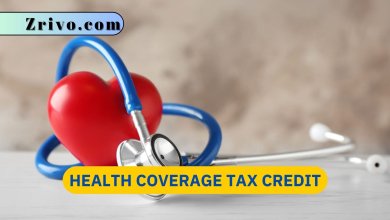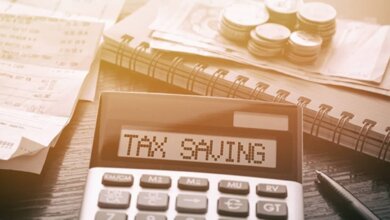179D Deduction
The 179D Deduction is an incentive for developers who build or retrofit energy-efficient commercial buildings. This article will cover subjects on the purpose of The 179D Deduction, its eligibility requirements, and the application process.
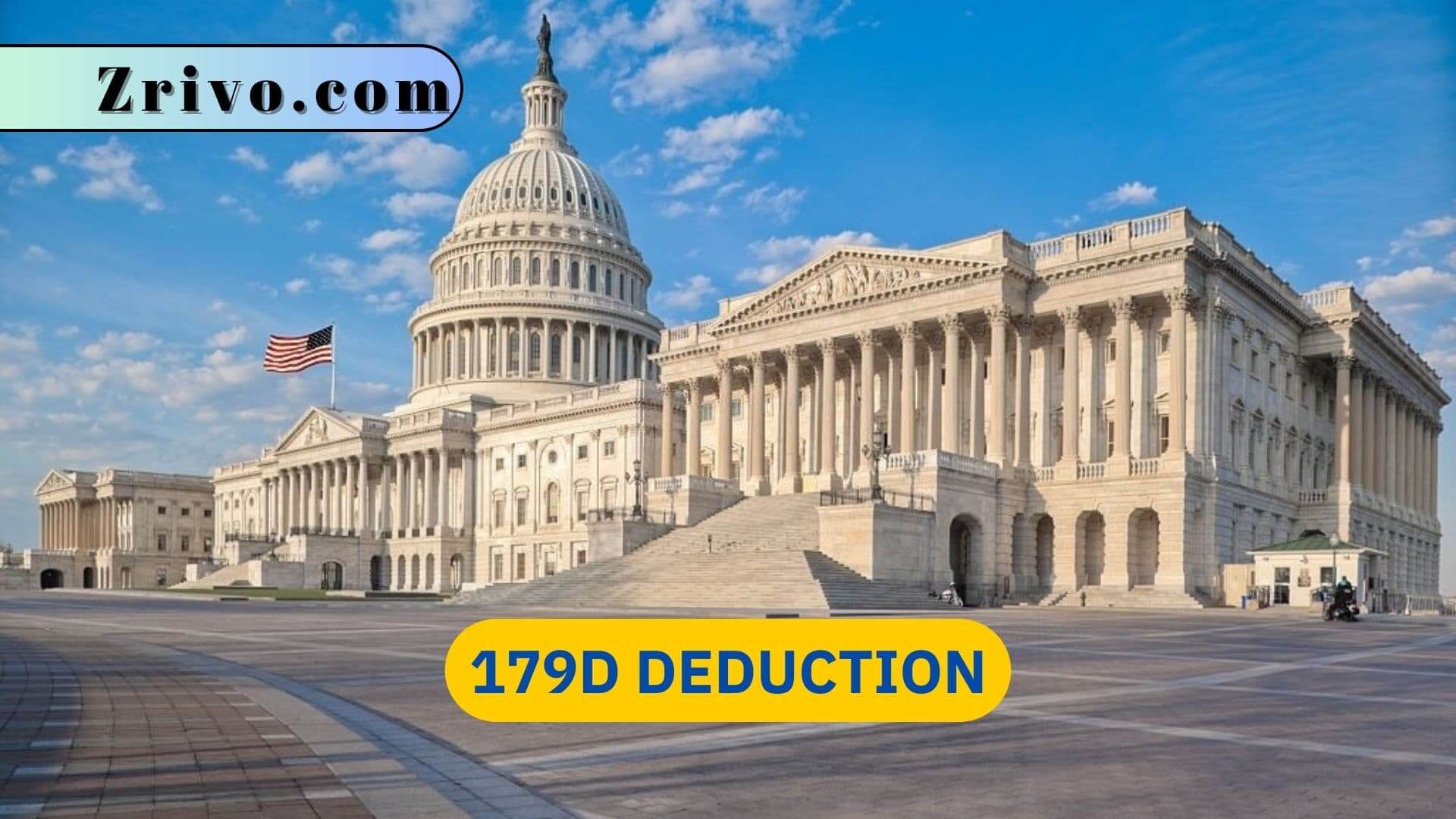
The 179D Deduction is a powerful tool that can save a company significant amounts of money in the long run. It is especially beneficial for construction companies that design and build energy-efficient buildings. However, companies should be aware of a few rules and regulations before applying for the 179D Deduction. The Inflation Reduction Act expanded the scope of who can take advantage of this Deduction. The new provisions make it easier for architects, engineers, and design-build contractors to qualify. 179D Deduction was recently enhanced by the Inflation Reduction Act of 2022 and now allows for a deduction up to $5.00 per square foot.
The Section 179D Commercial Building Energy-Efficient Tax Deduction is a permanent part of the IRS code and provides potential ongoing tax benefits for architecture, engineering, and construction (AEC) companies on designed projects for government-owned energy-efficient buildings that achieve the necessary savings after completion of construction. The IRA has significantly expanded the entities that can allocate this Deduction to designers, including federal, state, local, and tribal governments and any tax-exempt entity investing in an energy-efficient building.
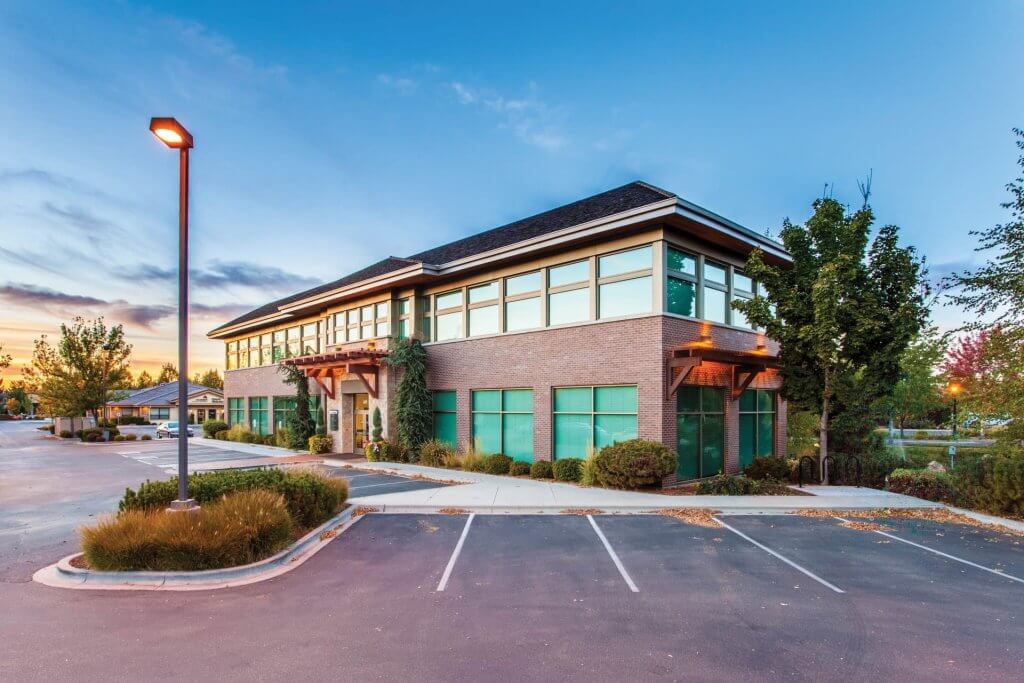
How to Qualify for the 179D Deduction?
To qualify for the 179D Deduction, a third party must conduct a comprehensive ENERGY EXPENDITURE STUDY (EES) to determine which components of the building meet the requirements. The assessment must include a detailed analysis of the building’s energy use and compare it to theoretical models using ASHRAE norms. This is a thorough process and can require a physical visit to the building.
The EES study includes a cost segregation analysis and a partial disposition analysis to help clients identify and claim the maximum amount of the 179D Deduction. Depending on the complexity of the project, the EES study can take up to six to 10 weeks to complete. It can also involve multiple meetings with the client and the engineer.
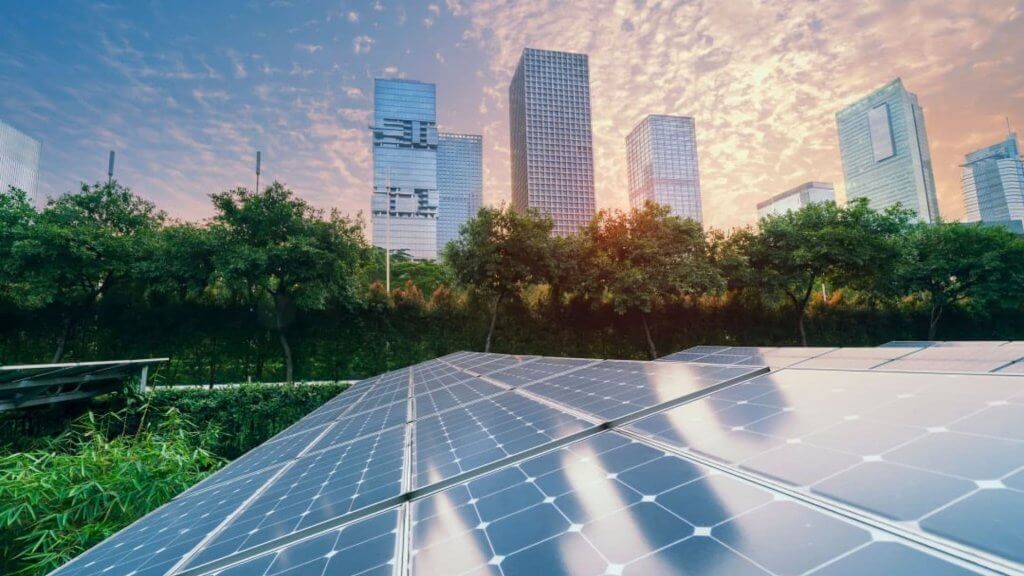
How to Claim 179D Deduction?
The 179D Deduction allows commercial building owners to receive an up-front cash infusion for energy-efficient upgrades instead of writing them off on the traditional 39-year depreciation schedule. The Deduction is based on the amount of square footage where improvements meet or exceed certain energy-saving benchmarks. This incentive is available to architects, engineers, contractors, environmental consultants, and energy service providers who design or construct a new building or retrofit an existing one for increased energy efficiency.
To claim 179D Deduction, qualified building owners work with a third-party consultant who uses IRS-approved software to analyze a property’s energy performance and compare it to the requirements set by ASHRAE. The results of the study must be certified by a professional engineer or contractor licensed in the state where the project is located.
The Inflation Reduction Act of 2022 has expanded eligibility for this tax incentive to architects, engineers, and construction companies who work on government buildings or on the design or build of projects owned by a tax-exempt entity beginning in 2023. This extension of the Deduction is expected to spur the development of more green buildings and energy-efficient retrofits in a range of commercial buildings.
There are two ways to claim missed Section 179D deductions: One is to file an amended return for the affected year and request a refund. The other is to file Form 3115, Application for Change in Accounting Method, and report the retrofit expenses as a capital expenditure on the current year’s tax return.

